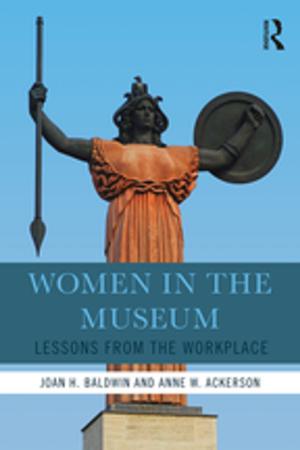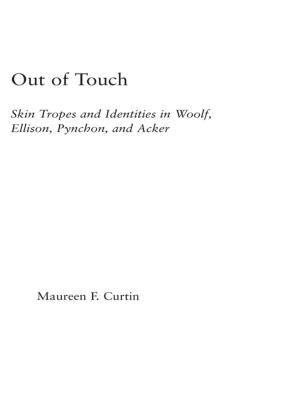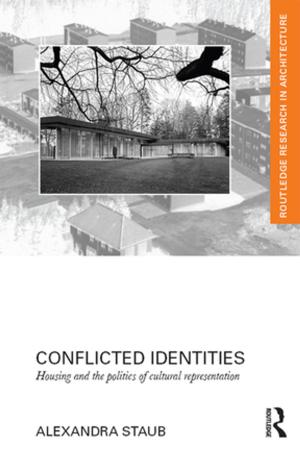The Audiovisual Cataloging Current
Nonfiction, Reference & Language, Language Arts, Library & Information Services| Author: | Sandra K. Roe | ISBN: | 9781317951834 |
| Publisher: | Taylor and Francis | Publication: | October 18, 2013 |
| Imprint: | Routledge | Language: | English |
| Author: | Sandra K. Roe |
| ISBN: | 9781317951834 |
| Publisher: | Taylor and Francis |
| Publication: | October 18, 2013 |
| Imprint: | Routledge |
| Language: | English |
Examine crucial issues for audiovisual cataloging-from a variety of perspectives!
This vital book addresses both current and historic issues related to audiovisual materials and cataloging. It covers the current cataloging rules for sound recordings (popular music and nonmusic recordings), videorecordings (including DVDs), electronic resources (whether accessed locally or remotely), three-dimensional objects and realia, and kits. Three historical articles chronicle the history of audiovisual catalog in general, the history of cataloging computer files, and the history of The Thesaurus for Graphic Materials. A section on audiovisual materials and subject access issues includes a chapter which proposes form/genre terms for moving-image materials and a special library’s creation and use of a new thesaurus and its availability to assist online catalog users. Finally, four contributions examine audiovisual materials and cataloging from the perspectives of different library types: school, public, academic, and special.
The Audiovisual Cataloging Current provides case studies that show:
- how the National Library of Medicine produces, collects, and catalogs non-print materials
- the differences between the Moving Image Genre-Form Guide and Library of Congress Subject Headings, with recommendations for improving LCSH as a tool and an exhaustive list of LCSH terms
- how libraries and organized cataloging groups developed the Chapter 9 descriptive cataloging rules in AACR2
- how the Westchester Library System created a user-friendly online catalog for audiovisual materials
- how the Illinois Fire Service Library improved firefighters’subject access to nonprint fire emergency materials
- how the National Library of Medicine promotes audiovisual formats
- and much more!
Examine crucial issues for audiovisual cataloging-from a variety of perspectives!
This vital book addresses both current and historic issues related to audiovisual materials and cataloging. It covers the current cataloging rules for sound recordings (popular music and nonmusic recordings), videorecordings (including DVDs), electronic resources (whether accessed locally or remotely), three-dimensional objects and realia, and kits. Three historical articles chronicle the history of audiovisual catalog in general, the history of cataloging computer files, and the history of The Thesaurus for Graphic Materials. A section on audiovisual materials and subject access issues includes a chapter which proposes form/genre terms for moving-image materials and a special library’s creation and use of a new thesaurus and its availability to assist online catalog users. Finally, four contributions examine audiovisual materials and cataloging from the perspectives of different library types: school, public, academic, and special.
The Audiovisual Cataloging Current provides case studies that show:
- how the National Library of Medicine produces, collects, and catalogs non-print materials
- the differences between the Moving Image Genre-Form Guide and Library of Congress Subject Headings, with recommendations for improving LCSH as a tool and an exhaustive list of LCSH terms
- how libraries and organized cataloging groups developed the Chapter 9 descriptive cataloging rules in AACR2
- how the Westchester Library System created a user-friendly online catalog for audiovisual materials
- how the Illinois Fire Service Library improved firefighters’subject access to nonprint fire emergency materials
- how the National Library of Medicine promotes audiovisual formats
- and much more!















